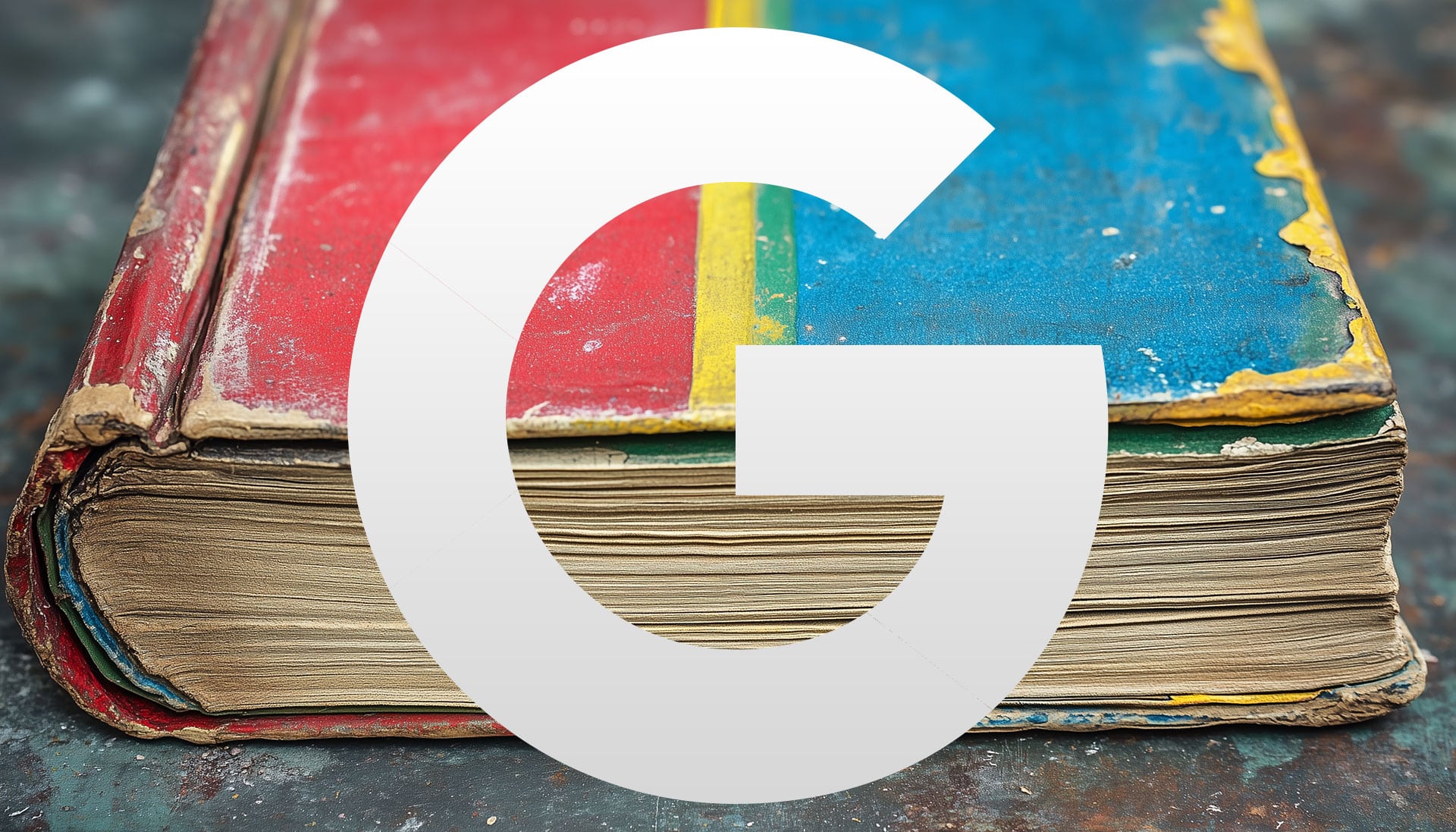Google has updated its spam policies documentation as part of a routine refresh while also adding more details around the site reputation abuse policy and expanding and clarifying other areas of its search spam policies and guidelines.
Why the change. Google wrote, “We review and refresh our documentation periodically. This update is part of that process.”
What is new. The big change is that Google added a new section to the site reputation abuse policy, that section reads:
“Close oversight or involvement is when the first-party hosting site is directly producing or generating unique content (for example, via staff directly employed by the first-party, or freelancers working for staff of the first-party site). It is not working with third-party services (such as “white-label” or “turnkey”) that focus on redistributing content with the primary purpose of manipulating search rankings.”
Other changes are less noticeable and you can compare the live version to the archived version here. The changes include:
- Updated the introductory paragraph
- Link spam definition was updated
- Machine-generated traffic (also called automated traffic) section was updated
- Misleading functionality section updated and expanded
- Scraping section simplified
- Plus other changes
Google wrote that they have “clarified some wording in our spam policies for Google web search to focus more on what web spam is and the tactics involved.” They “also integrated an explanation of close involvement from our blog post for easier reference, and clarified that trying to circumvent our policies can also result in ranking lower or not at all.”
Why we care. Some believe that when Google makes updates to its search policies, penalties or new algorithmic actions or manual actions make soon follow. This may or may not be the case.
In any event, it is important to stay up on the latest documentation changes Google makes, especially around its search policies. So review the revised documentation when you have some time.

